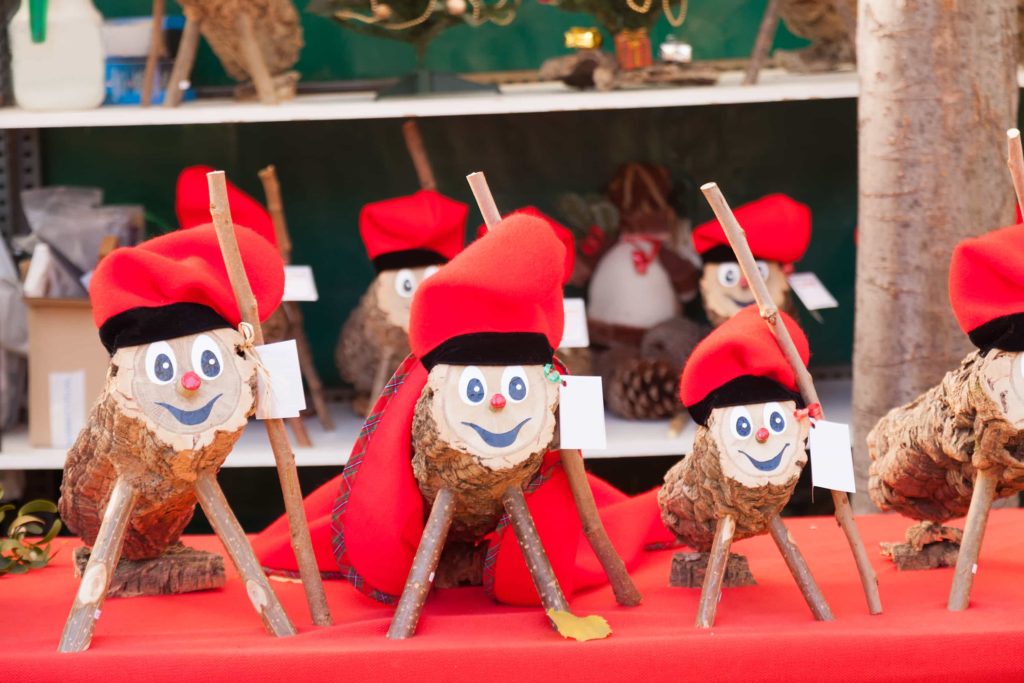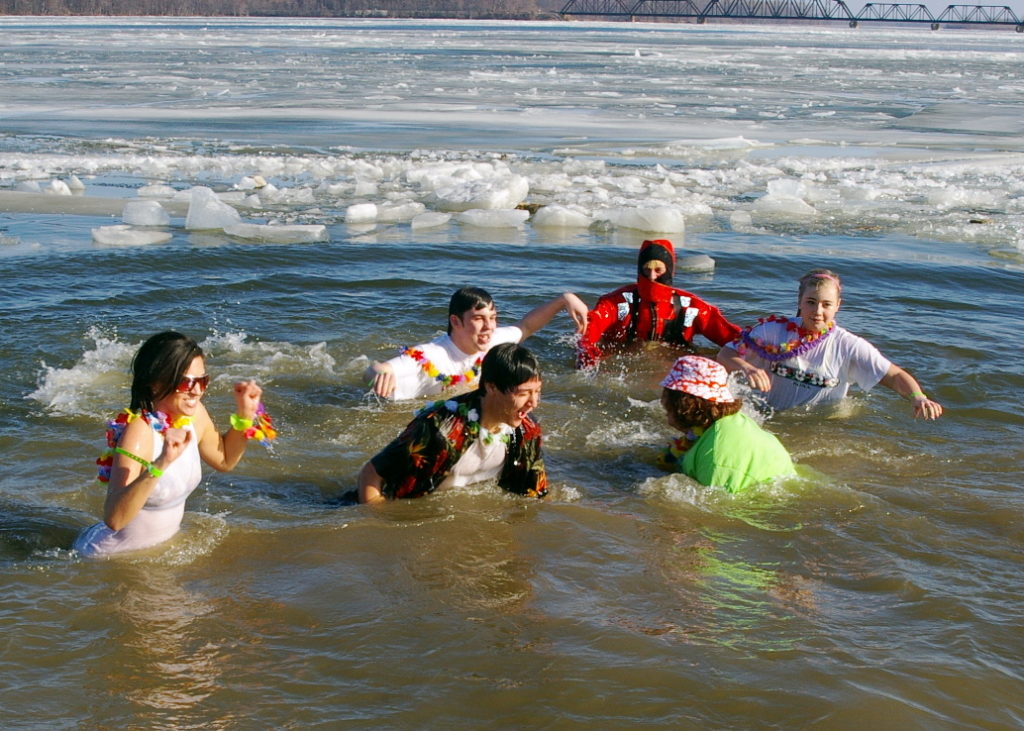
Wacky Winter Holiday Traditions Around the World
Fascinating Winter Traditions, Celebrations and Customs Around the World
While Christmas is the most popular winter holiday in the U.S., the world is full of diverse ways of celebrating winter, including some unexpected and amusing customs and traditions.
La Noche de Rábanos, The Night of the Radishes – Mexico
On December 23, the residents of Oaxaca, Mexico celebrate la Noche de Rábanos, the Night of the Radishes. Artists carve oversized radishes into intricate designs inspired by traditional Mexican folklore. This practice was originally introduced by farmers in the markets to entice customers but has now expanded into a full-scale arts festival attracting thousands of spectators a year.
Israel – Miracle of the Oil and Jelly Donuts
Many traditional winter celebrations involve food. Oil is a very important and sacred substance during the celebration of Hanukkah because it symbolizes the miracle of the oil, where a single lamp burned for 8 full days on a single container of oil. Thus many traditional foods of Hanukkah are fried in oil.
Potato latkes come to mind when thinking of traditional Hanukkah foods, but there are many other foods consumed over these 8 days including sweet foods like donuts. In fact, over 17.5 million jelly donuts are consumed in Israel throughout Hanukkah. That’s a lot of fried dough!
Japan – World’s Largest Rodents Relax in Yuzu Onsen Baths
In Japan, people take baths in yuzu citrus as their traditional winter solstice practice to protect them from sickness and invigorate them through the cold months. They have even taken to bathing zoo animals like the capybara in yuzu baths.
In other parts of Asia, the solstice is celebrated by eating special foods like glutinous rice balls in China or red bean porridge in Korea, both nutritious foods to help fortify you through the winter.
Spain – El Cagnaner, the Cheeky Nativity Figurine
Not all winter traditions are food-related, or at least not directly. In Catalonia, Spain, Christmas nativity scenes are not complete without a statue of El Cagnaner. This statue often finds itself the subject of controversy, as it depicts a person squatting down bare-bottomed while answering the call of nature. While the church argues that it may be inappropriate, they tolerate the practice and it has become widespread throughout the region. No one is sure exactly when or why the practice began, but figurines of El Cagnaner have been found dating to the 18th century.
Continuing in the same theme in Spain, residents of Aragon and Catalonia also celebrate the winter tradition of Tió de Nadal, the Christmas Log. A log is dressed up with a hat, arms, legs, and a face and is slowly filled with candy over the month of December. The children are charged with taking care of it and lovingly placing blankets upon it to keep it warm during the cold December nights. But the love and care shown to the log are fleeting, as, on Christmas Eve, the children sing songs and hit the log with sticks until the candy… well… you get the picture. Here’s an example of one of the songs, but translate it at your own risk!
“Caga tió,
caga torró,
avellanes i mató,
si no cagues bé
et daré un cop de bastó.
caga tió!”

Russian Svyakti Traditions
If dressing up a log wasn’t bizarre enough for you, in Russia they celebrate Svyakti, or Christmastide, a day when games and pranks are conducted including fortune-telling, stealing from one another, and smearing passersby with soot. Learn more about Russian Winter Holiday Traditions.
In the Czech Republic, women take part in a traditional winter shoe toss. Unmarried women toss a shoe over one shoulder to determine whether or not they can expect to be married in the following year based on the direction the shoe is pointing in when it lands.
Austrian Krampusnacht
Dressing up in costumes is a common winter tradition. In Romania, folks dress up in bear costumes to scare away evil spirits and ensure a good harvest. Meanwhile in Austria, people dress as scary demons to roam the streets searching for naughty children during Krampusnacht. And in Scandinavian countries, girls dress up in a white gown and a crown of candles to symbolize St. Lucia.
The native Hopi people of the American Southwest celebrate the solstice by dressing as kachina spirits (ghosts who visit the earth during ceremonial times) and dance together. And in Bulgaria, people dress in long-haired goat hides to do fertility rituals during the solstice.
Polar Bear Plunge
Crazier still is the annual polar bear plunge, where people all over the world shed their protective winter clothes on the first day of the year and dive into the closest frigid body of water.

Whamageddon
Many of these winter traditions are ancient, but humans are always thinking of new and fun ways to liven up the darkest month of the year. You might not be familiar with a newer tradition called “Whamagedon.” Each year starting on Dec 1, participants attempt to avoid listening to the popular 80s Christmas song, Last Christmas by Wham. even going so far as to wear headphones and earplugs when going out in public. These days it’s frustratingly impossible to avoid since radio stations, as well as department and convenience stores, keep this song on heavy rotation throughout the holiday season.
While some of these winter traditions may seem strange, the unifying theme is a need for community, nourishment, and laughter during the coldest, darkest months. What are some of the winter traditions your family celebrates?
Make Language Learning a Tradition in Your House This Holiday Season
At up to 30% off – Yule be Happy to gift Pimsleur this holiday season!
